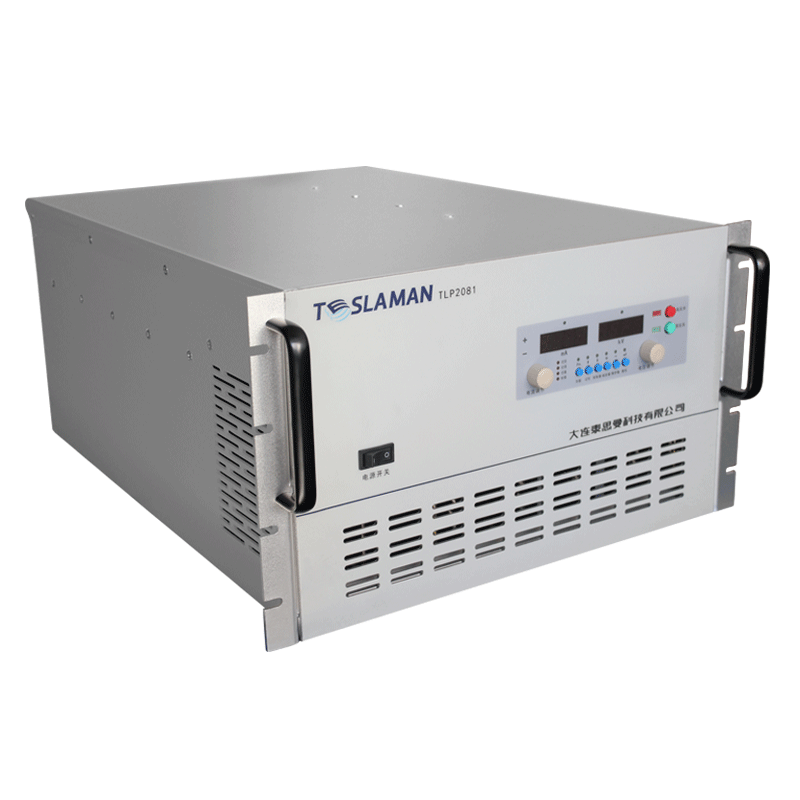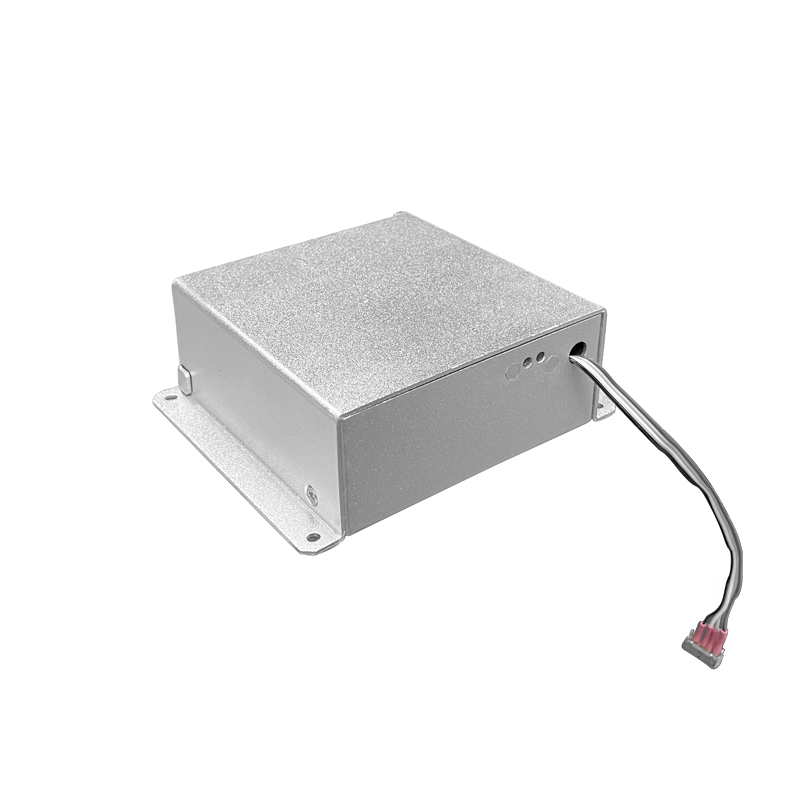Advances and Future Prospects of X-ray Power Supplies in Medical Imaging
Abstract: With the advancement of technology and the increasing demand for medical care, medical imaging technology plays an increasingly important role in diagnosing and treating diseases. As a core component of medical imaging systems, the performance of high-voltage power supplies directly affects the stability and image quality of the entire system. In recent years, significant progress has been made in the application of X-ray power supplies in the field of medical imaging, providing more accurate and efficient technical means for clinical diagnosis and treatment. This article will discuss the current status, technological advances, and future development trends of X-ray power supplies in medical imaging.
I. Introduction
Currently, X-ray power supplies are mainly used in medical imaging equipment such as X-ray radiography, fluoroscopy, and CT scans. These devices generate and control X-rays to image the internal structures of patients. In this process, the role of the high-voltage power supply is to convert the input alternating voltage into a high-voltage direct current voltage to provide the necessary energy for the X-ray tube.
In X-ray radiography, the stability and accuracy of the high-voltage power supply are crucial for obtaining high-quality X-ray images. With the development of digital X-ray radiography technology, the performance requirements of high-voltage power supplies continue to increase. For example, the emergence of dynamic flat panel detectors (FPDs) requires high-voltage power supplies with faster response speeds and higher stability to meet the needs of high frame rates and low-dose imaging.
In X-ray fluoroscopy, the high-voltage power supply needs to provide continuously adjustable high-voltage output to achieve precise control of the X-ray dose. This is of great significance for reducing patient radiation dose and improving image quality. At the same time, the high-voltage power supply also needs to have good anti-interference performance to ensure stable operation in complex electromagnetic environments.
In CT scanning, the performance of the high-voltage power supply directly affects the scanning speed and image quality of the CT machine. With the development of multi-slice spiral CT technology, high-voltage power supplies need to provide higher output voltages and larger currents to meet the needs of high-resolution imaging and large-scale scanning. In addition, high-voltage power supplies also need to be highly integrated and compact to adapt to the increasingly compact trend of CT machines.
II. Technical Advances in X-ray Power Supplies
To meet the growing demand for high-voltage power supplies in the field of medical imaging, significant research efforts have been made by scholars and enterprises at home and abroad in recent years, resulting in remarkable technological advances. Some of these innovations are worth noting:
1. High-frequency inverter technology: High-frequency inverter technology uses high-frequency switching devices and advanced control strategies to achieve miniaturization, lightweight, and high efficiency of high-voltage power supplies. Compared with traditional industrial frequency inverter technology, high-frequency inverter technology has higher power density and lower electromagnetic interference, providing technical support for the portable and intelligent development of medical imaging equipment.
2. Digital control technology: Digital control technology uses microprocessors or digital signal processors (DSPs) to precisely control high-voltage power supplies, improving their stability and reliability. Digital control technology can achieve precise regulation of output voltage, current, and frequency to meet the personalized needs of different medical imaging equipment. At the same time, digital control technology also has fault self-diagnosis and protection functions, improving the safety performance of high-voltage power supplies.
3. High-voltage insulation technology: High-voltage insulation technology is one of the key factors ensuring the safe operation of high-voltage power supplies. In recent years, new polymer materials and ceramic materials have been widely used in the field of high-voltage insulation, improving the withstand voltage level and insulation performance of high-voltage power supplies. In addition, the use of advanced insulation structure design and technical means can also effectively reduce the leakage current and partial discharge phenomena of high-voltage power supplies.
4. Intelligent technology: Intelligent technology is one of the important development directions of modern medical devices. By introducing artificial intelligence, big data, and cloud computing technologies, remote monitoring, fault warning, and adaptive adjustment functions can be realized for high-voltage power supplies. This will help improve the operating efficiency and user experience of medical imaging equipment, reducing maintenance costs and usage risks.
III. Future Prospects
With the continuous advancement of technology and the continuous upgrading of medical needs, the application prospects of X-ray power supplies in the field of medical imaging will be even broader. In the future, we can expect the following development trends:
1. Environmental protection: With the global awareness of environmental protection, future X-ray power supplies will pay more attention to energy conservation and environmental protection. By adopting new topological structures, high-efficiency devices, and advanced control strategies, the energy consumption and electromagnetic pollution of power supplies will be reduced.
2. Intelligence and autonomy: With the development of artificial intelligence, machine learning, and big data analysis technologies, future X-ray power supplies will have stronger adaptive capabilities and intelligent diagnostic functions. This will help improve the operating efficiency and accuracy of equipment, reducing doctors' workload and misdiagnosis rate.
3. Multi-modality fusion: With the continuous development of multi-modal medical imaging technology, future X-ray power supplies will be able to achieve closer integration with other modalities (such as MRI, PET, etc.). This will help provide richer and more accurate diagnostic information, improving early disease detection and treatment outcomes.
4. Personalized customization: To meet the differences in needs and clinical application scenarios of different patients, future X-ray power supplies will have stronger personalized customization capabilities. By adopting modular design and programmable control technologies, doctors can flexibly adjust the output parameters and functional configurations of power supplies according to actual needs.
5. Wearable and portable: With the development and popularization of wearable devices and portable medical equipment, future X-ray power supplies will develop towards smaller, lighter, and more portable directions. This will help expand the application range of X-ray imaging technology in emergency first aid, home care, and other fields.
In conclusion, X-ray power supplies have broad application prospects and development potential in the field of medical imaging. With the continuous advancement of technology and innovation, we have every reason to believe that future X-ray power supplies will make greater contributions to human health.




















